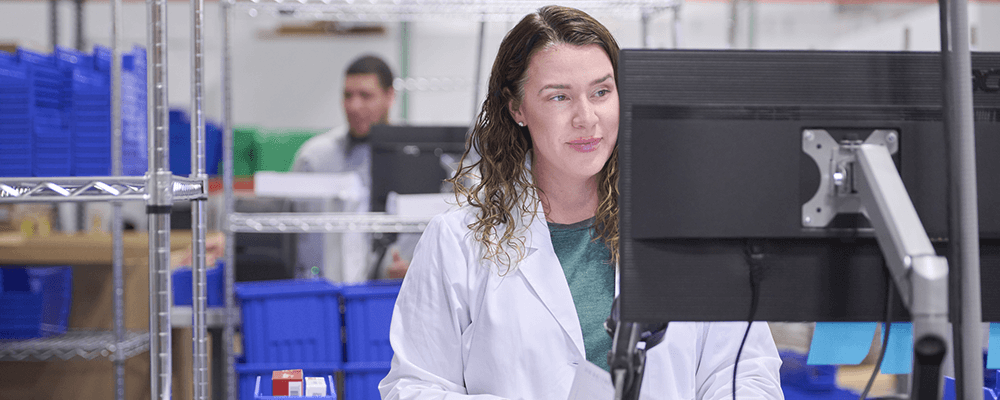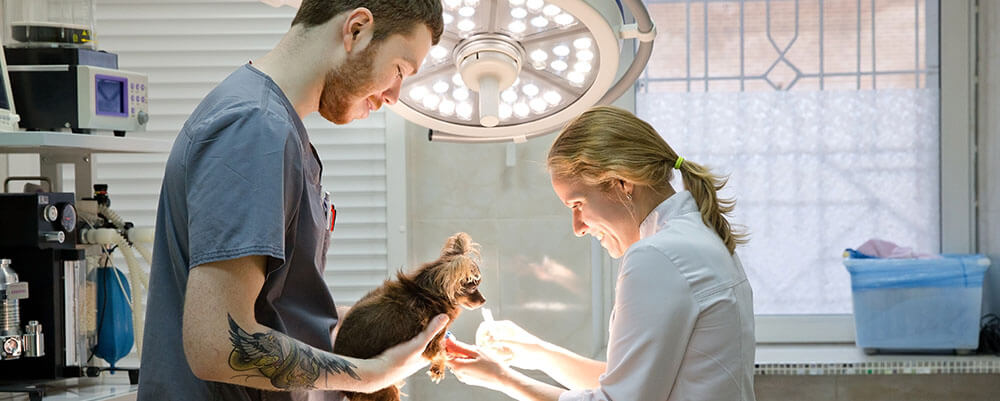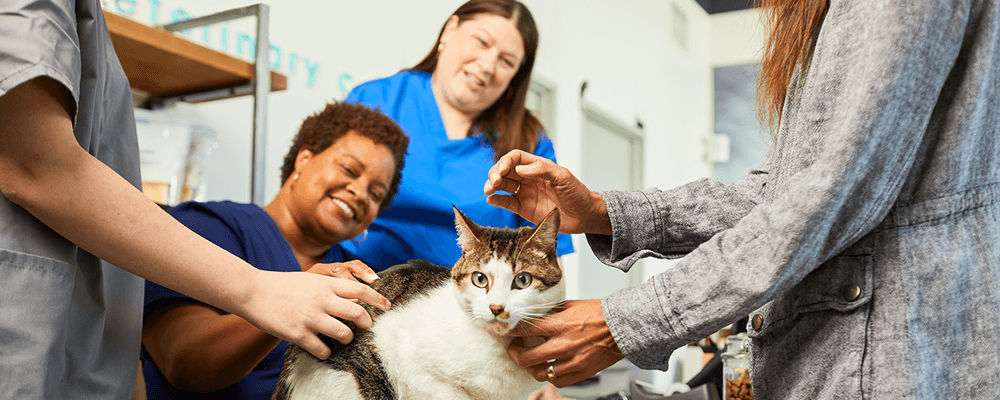Vetsource®, a leader in pet pharmacy and technology services, is excited to announce the launch of accredited continuing education courses in veterinary pharmacy. Conceived by...


4 min read | by Vetsource
Vetsource®, a leader in pet pharmacy and technology services, is excited to announce the launch of accredited continuing education courses in veterinary pharmacy. Conceived by...

6 min read | by Vetsource
By 2029, millennials will be the largest generation in the workforce with 38 million members. According to the 2022 Deloitte Millennial Survey, a quarter of millennials (the...

15 min read | by Sarah Susut
You know tracking performance is important. You have practice management software that lets you run almost any report under the sun. You might even diligently run those reports...

7 min read | by Vetsource
Balancing emails, appointments, and your online presence can be overwhelming. ChatGPT, an AI (artificial intelligence) language tool, could help ease the burden of some of your...

10 min read | by Vetsource
Are you struggling to attract and retain top talent in your veterinary practice? You’re not alone — the veterinary landscape is ever-changing, and practice managers continue to...

9 min read | by Caitlin DeWilde, DVM
How much time does your team spend responding to clients who have requested appointments through Facebook or email? Maybe your team asks them to call the practice to schedule, or...

9 min read | by Vetsource
According to Forbes, acquiring new customers can cost four to five times more than retaining those you already have. During a time when veterinary visits are down 2% and...
Our Prescription Management, Client Engagement, and Data & Insights solutions have made a difference for thousands of pet healthcare businesses. Find out how Vetsource can make a difference for you.